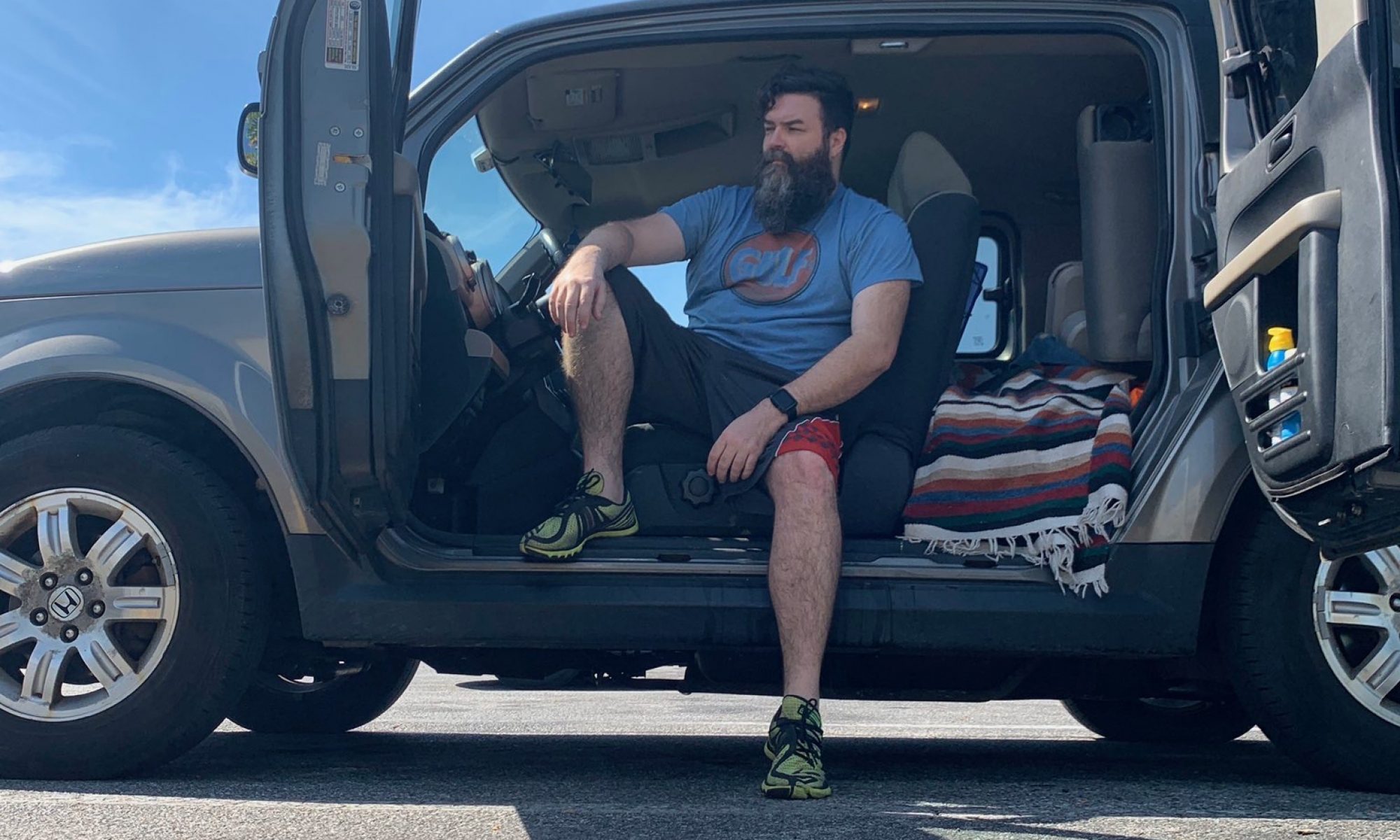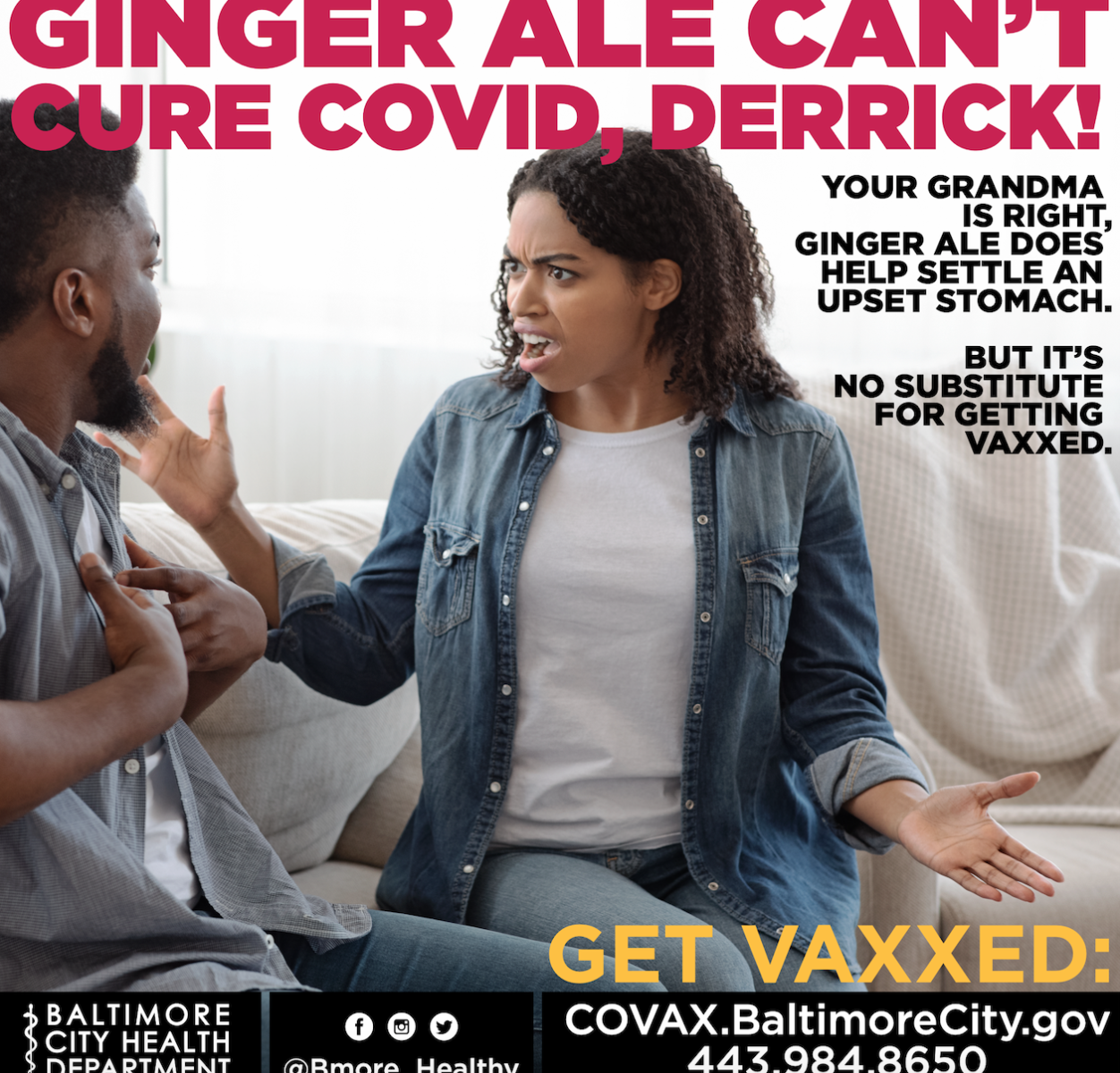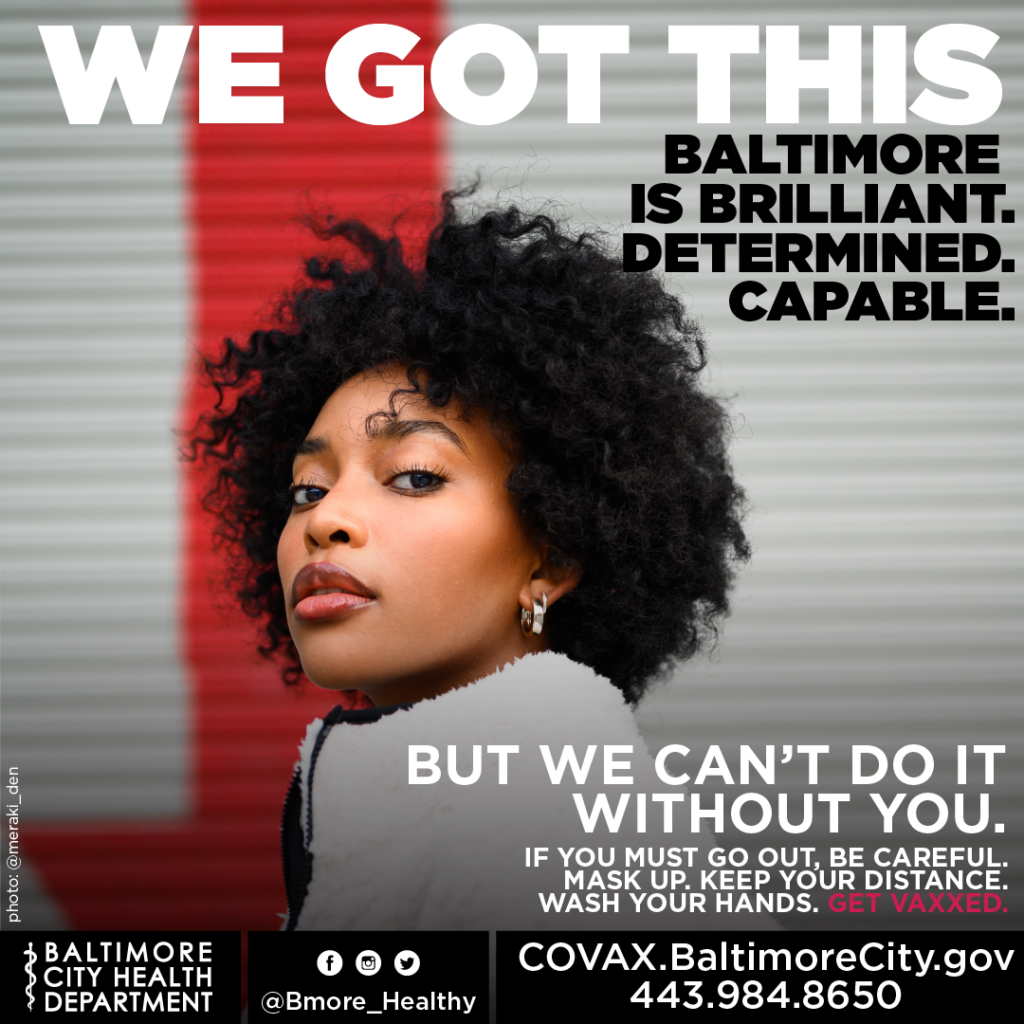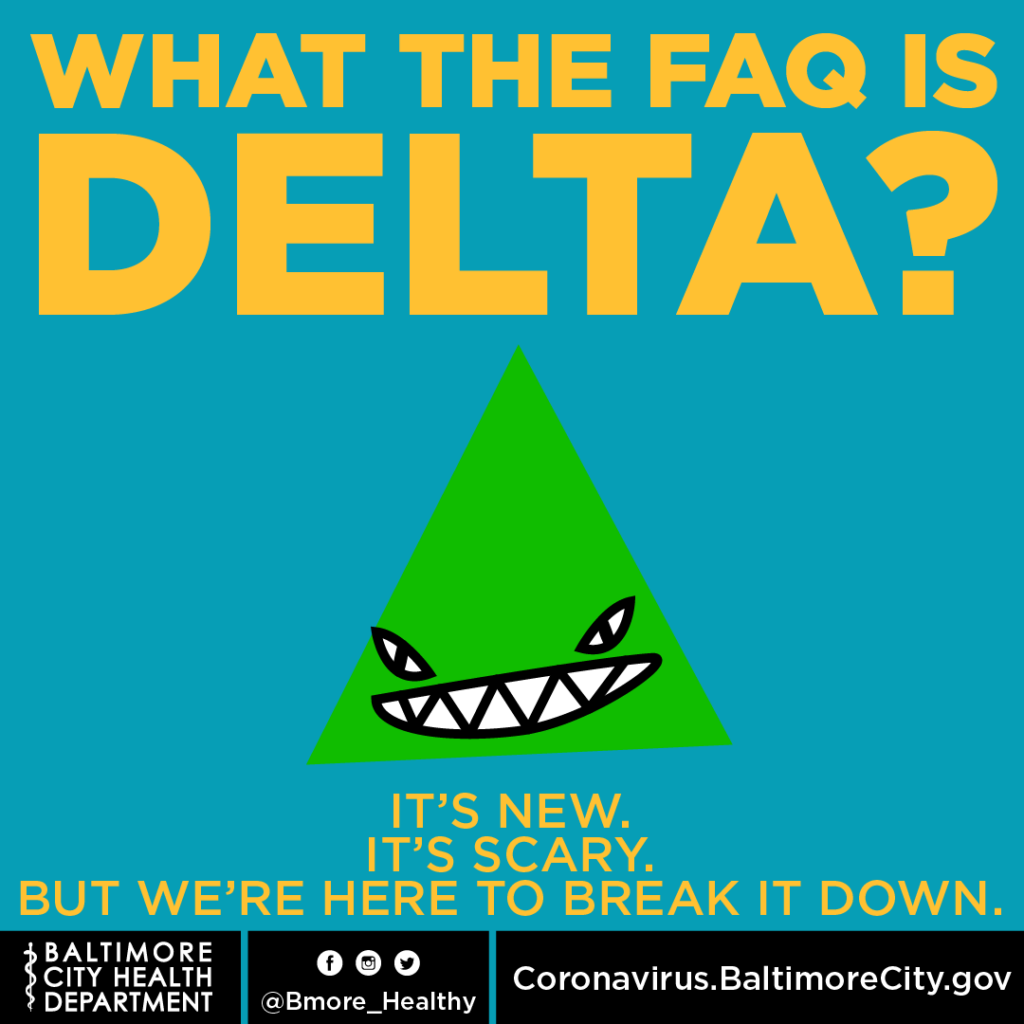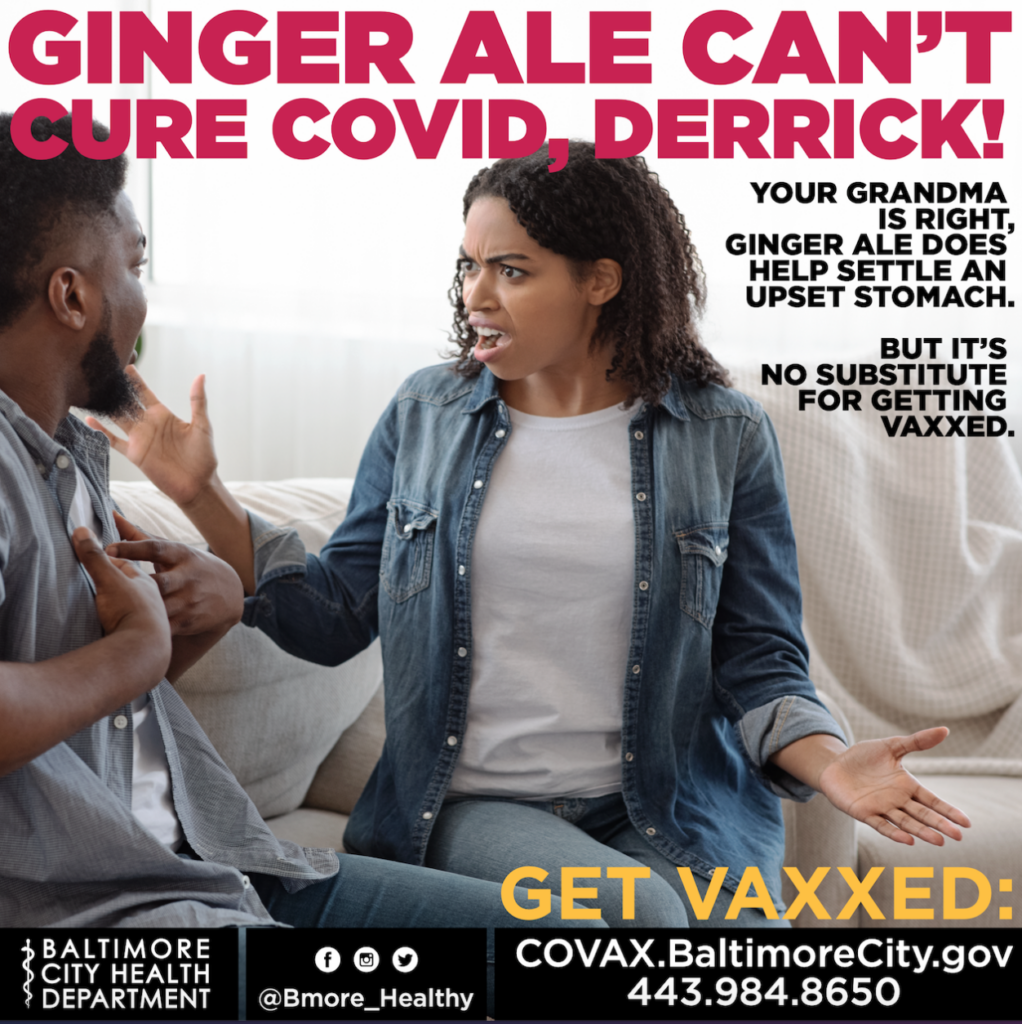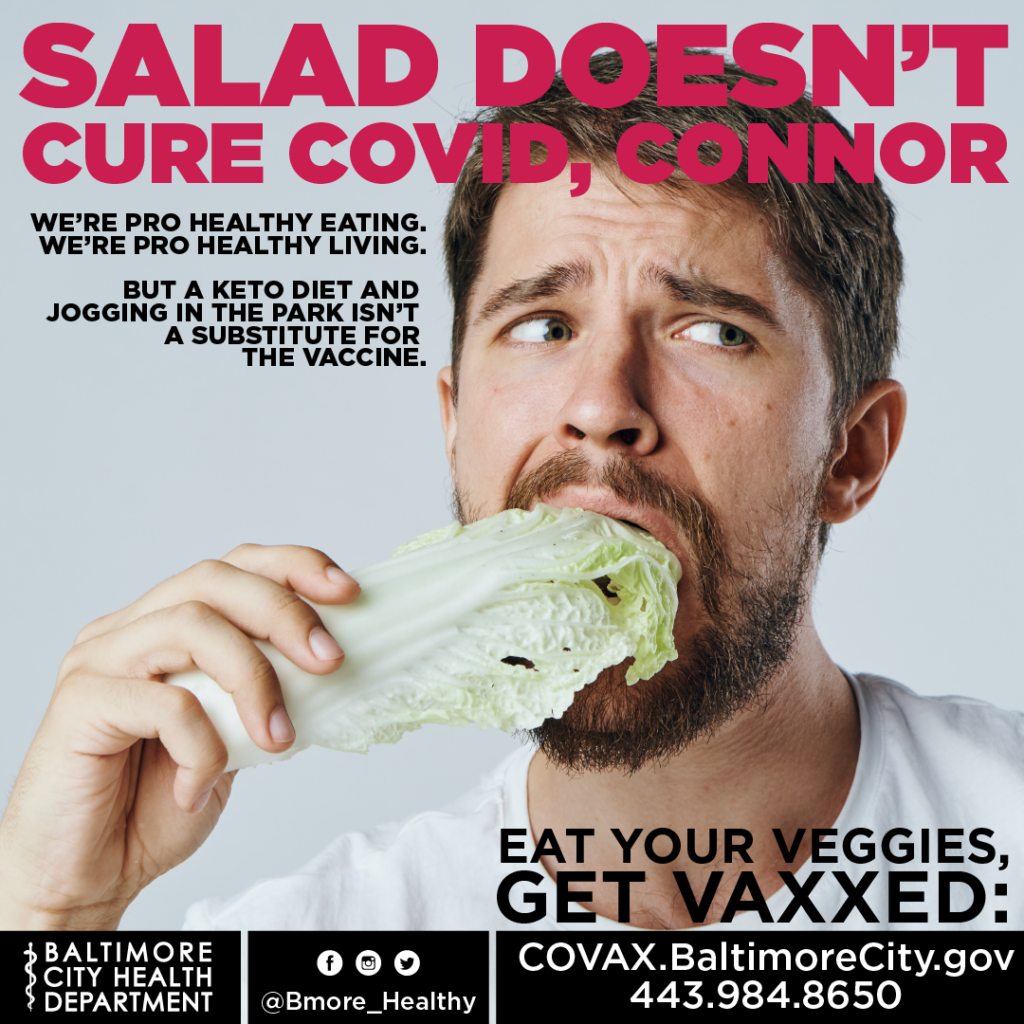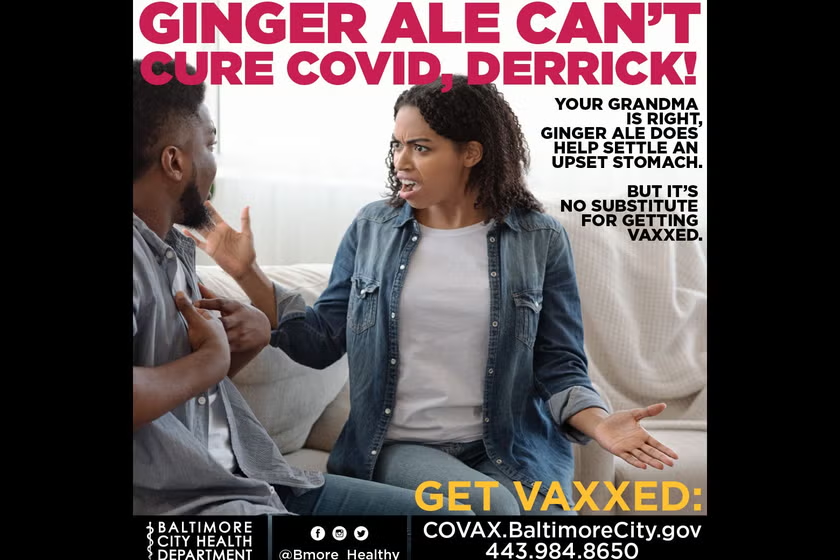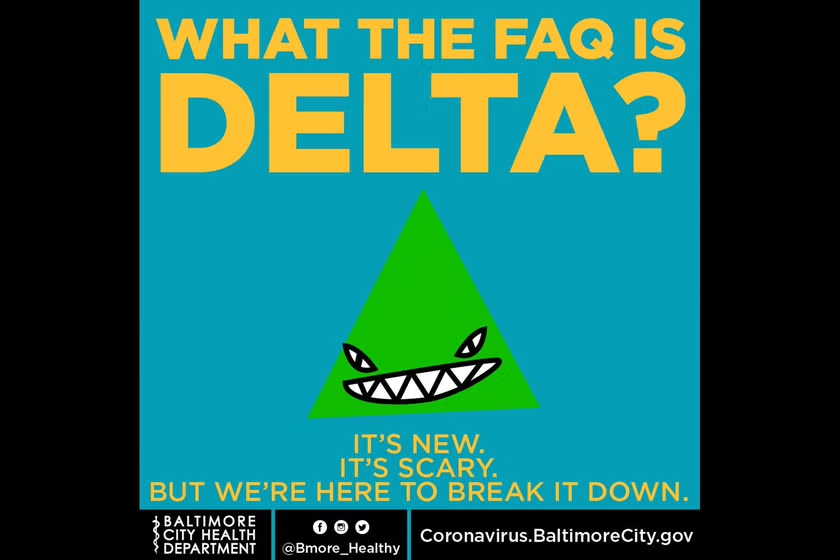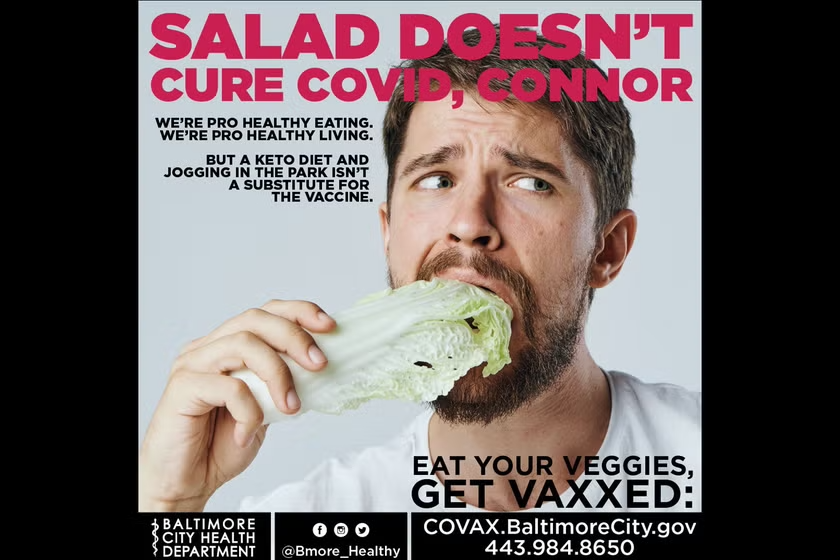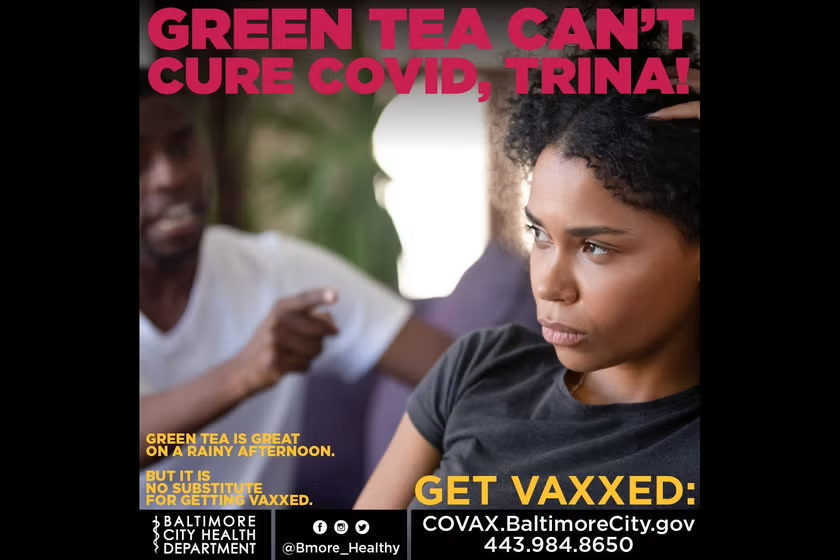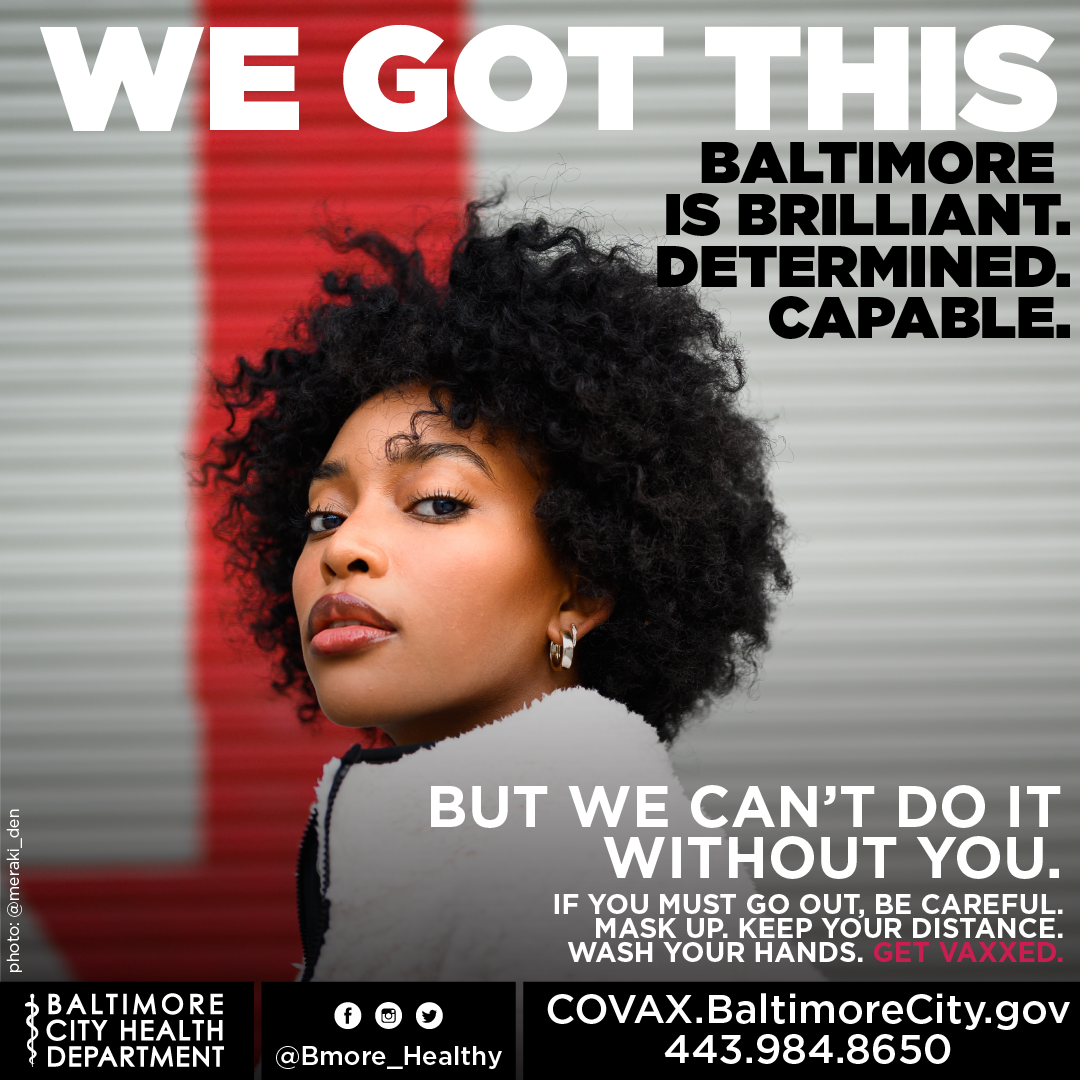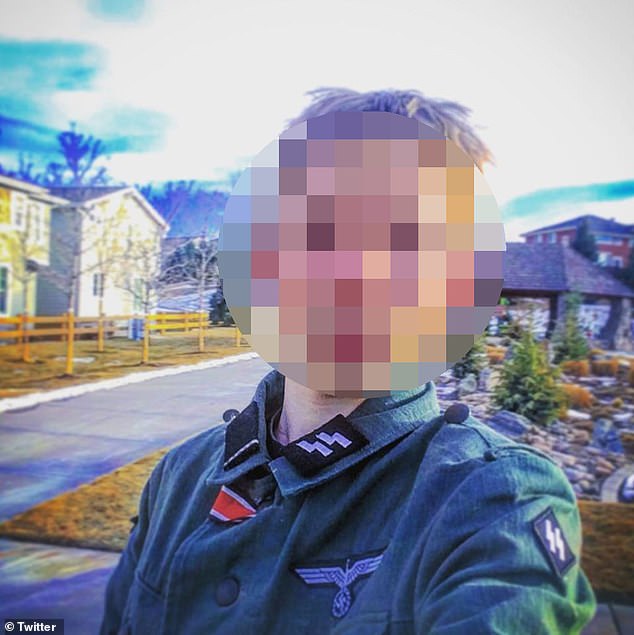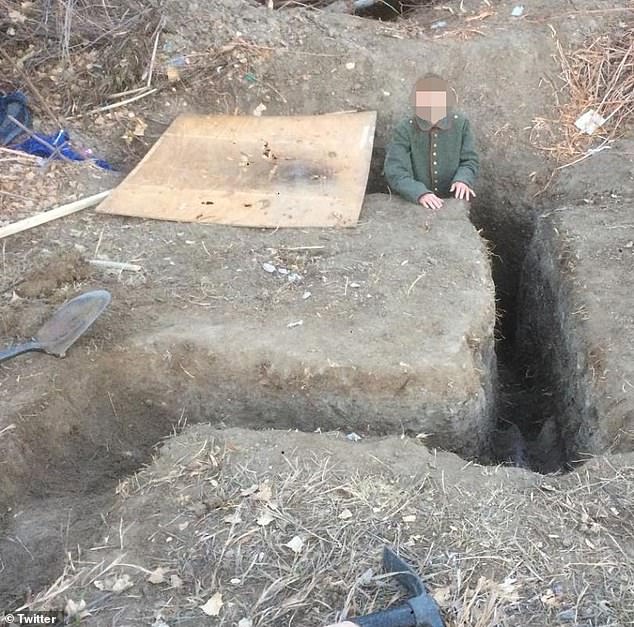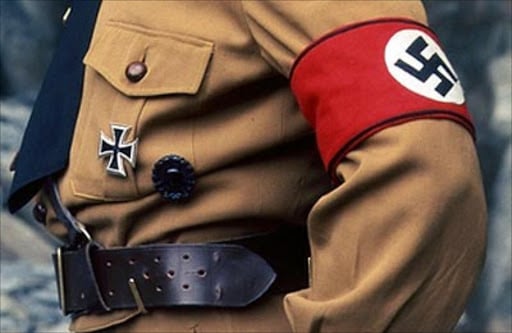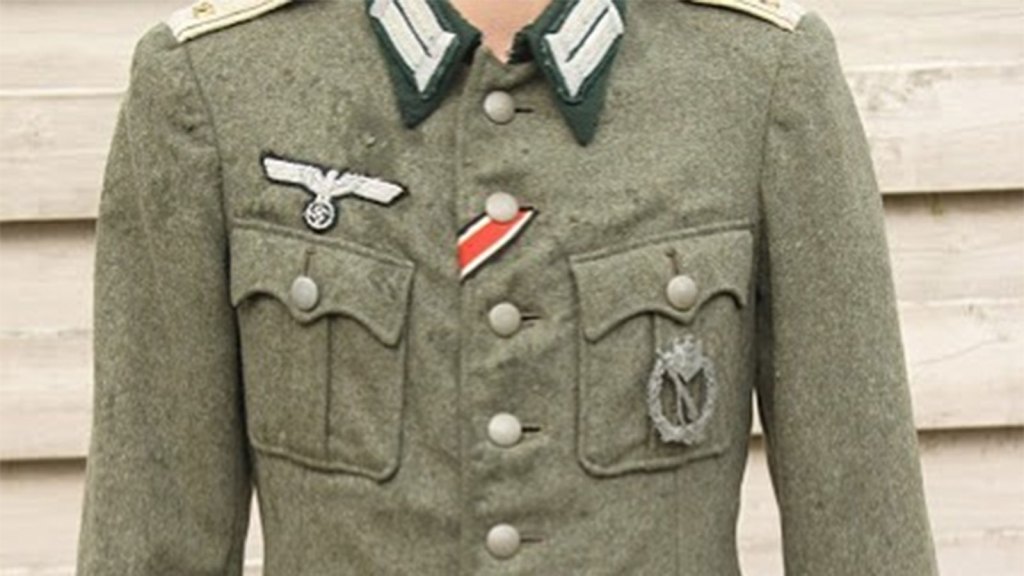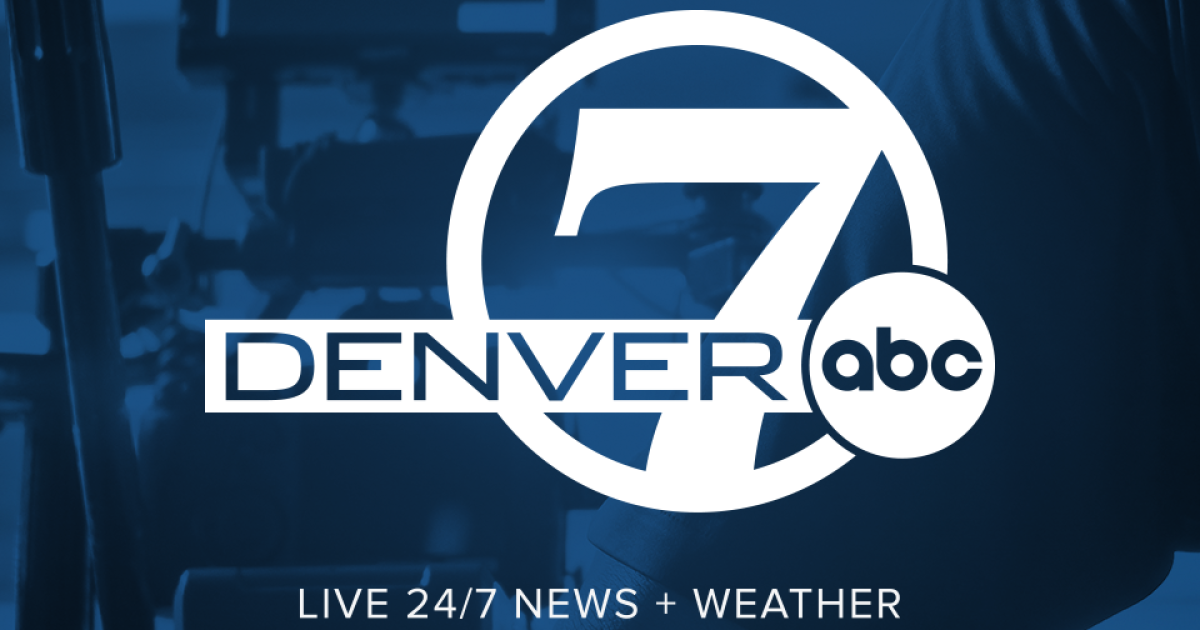Texas is in the midst of a coronavirus surge, helped along by Gov. Greg Abbott’s absolute ban on mask and vaccine mandates. The state has lost more than 53,000 residents to the disease, and is rapidly running out of ICU beds. Earlier this month the Department of State Health Services requested five mortuary trailers to be parked in San Antonio as “a normal part of preparedness to have these available to support local jurisdictions in case they need them.” In short, it’s really bad.
With Texas’s governor rolling out the welcome mat for COVID, even going so far as to catch it himself, it fell to Lt. Gov. Dan Patrick to defend the administration’s honor on Laura Ingraham’s White Power COVID Love In last night.
“They’re coming after your state … because of increased COVID numbers. Hospitalizations, deaths are up in Texas, and there’s a direct assault on your governor’s policies and your state’s policies, what’s your response?” Ingraham asked, setting up the tee for Patrick to bunt off of, like the littlest peewee baseball player in the league.
Because we all know that the real victims here aren’t people dying of a preventable disease, but the people refusing to prevent it.
“Well, Laura, the COVID is spreading, particularly, most of the numbers are with the unvaccinated. And the Democrats like to blame Republicans on that. Well, the biggest group in most states are African Americans who have not been vaccinated. And last time I checked, over 90 percent of them vote for Democrats in our major cities and major counties,” Patrick said.
And through the Botox and shamelessness, a momentary cloud passed across Laura’s face. For it was then she realized she and her guest were going to be the subject of yet another withering takedown in the Post for being a racist garbage fire that poisons the country.
Because Dan Patrick was lying, of course. While Black Americans are getting vaccinated at slightly lower rates than their White counterparts, there are simply a whole lot more White people in this country — and in Texas, for that matter — which means a whole lot more unvaccinated White people are wandering around spreading their germs like a bunch of assholes.
According to the Kaiser Family Foundation , Black Texans represent 12 percent of the state’s population, but they constitute just nine percent of the cohort of vaccinated people. White people make up 41 percent of the population, but only 38 percent of this group are vaccinated. Which means that there are roughly three times as many unvaccinated White Texans as there are Black ones.
But of course Dan Patrick doesn’t give a shit about math or objective reality, not when there’s racist tropes about dirty Black people to be peddled.
“It’s up to the Democrats to get, just as it’s up to Republicans, to try to get as many people vaccinated,” he continued, making clear that he feels no responsibility whatsoever to care for his own melanin-rich constituents.
“And if people don’t want the vaccination, we’re not going to force it on them. That’s their individual right,” he said, careful to toe the party line that it’s totally cool to choose to be a vector for a deadly disease. “But in terms of criticizing the Republicans for this, we’re encouraging people who want to take it to take it. But they’re doing nothing for the African American community that has a significant, high number of unvaccinated people.”
Friends, if I might veer into the personal on a Friday afternoon, may I just say FUCK THIS GUY SO HARD. Because, like myself, Dan Patrick is from Baltimore, so this shit is humiliating to me on a whole ‘nother level. His conduct is vile by any metric, but it’s particularly disgusting because he hails from a majority Black city where he grew up around people of color. He doesn’t have to look at Baltimore’s COVID dashboard to know that it’s a lie to say that Democrats are “doing nothing for the African American community.” But if he did, he’d see that 65 percent of Baltimore residents have had at least one shot, which is a full 20 percent higher than Patrick’s constituents in the Lone Star State. Because, like Obama, we really do care .
But life is too short to dwell on assholes like Dan Patrick. So instead let’s give a shoutout to the Baltimore City Health Department, which is killing it on social media.
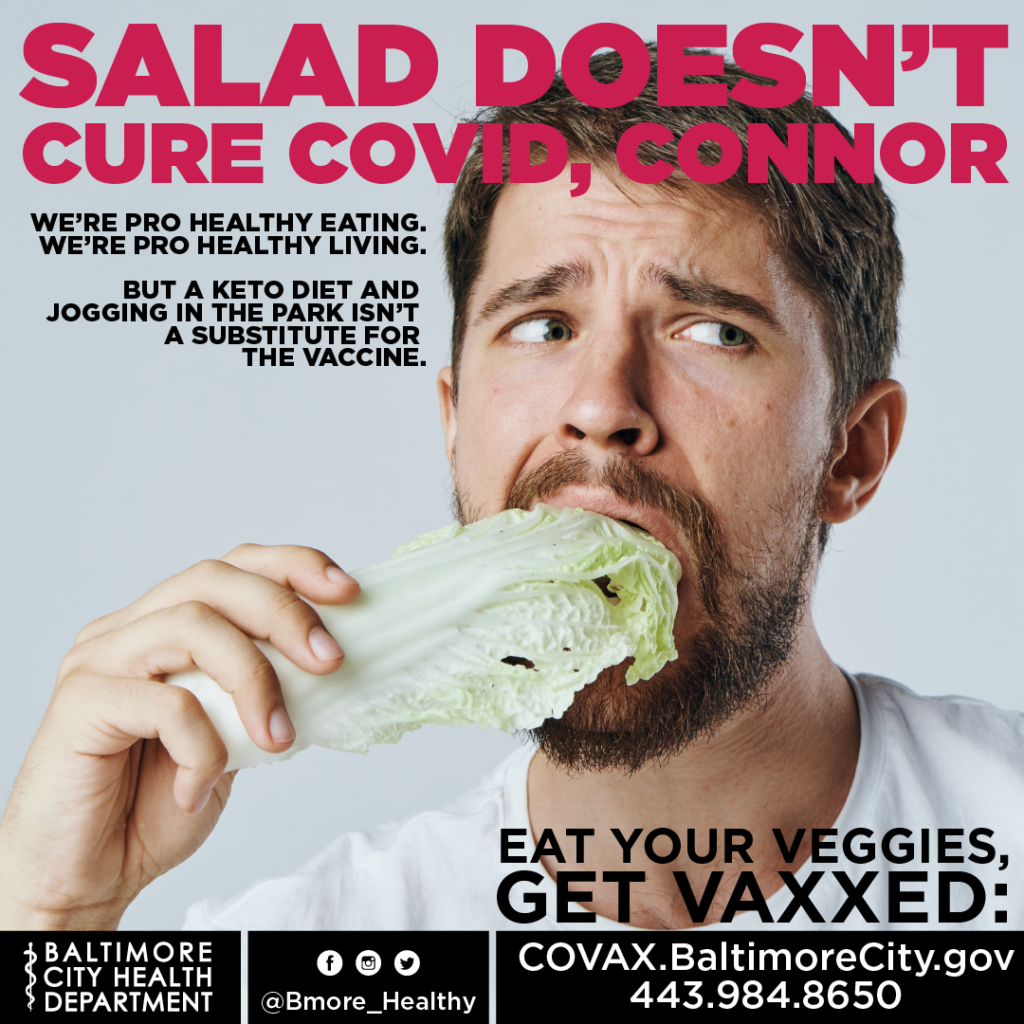
In a cheeky campaign to take on anti-vaxxers, BCHD is plastering social media with hilarious memes.
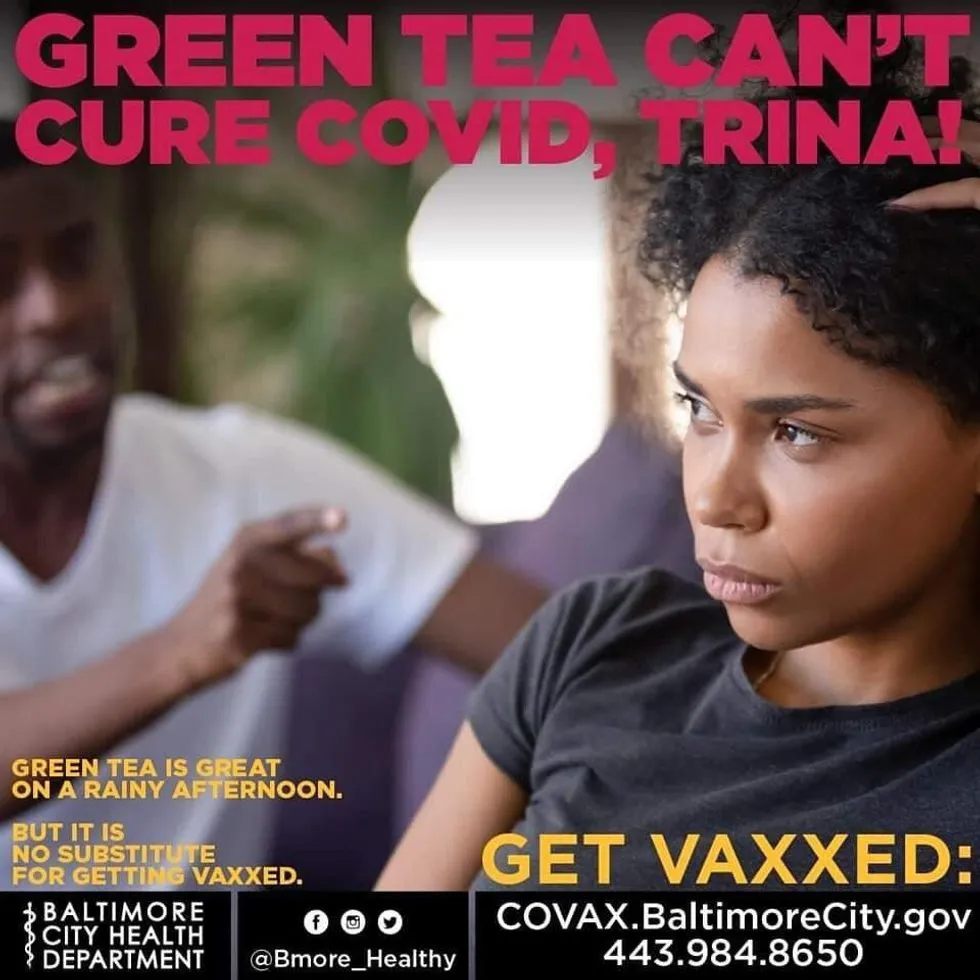
No brunch for you, DEBRA!
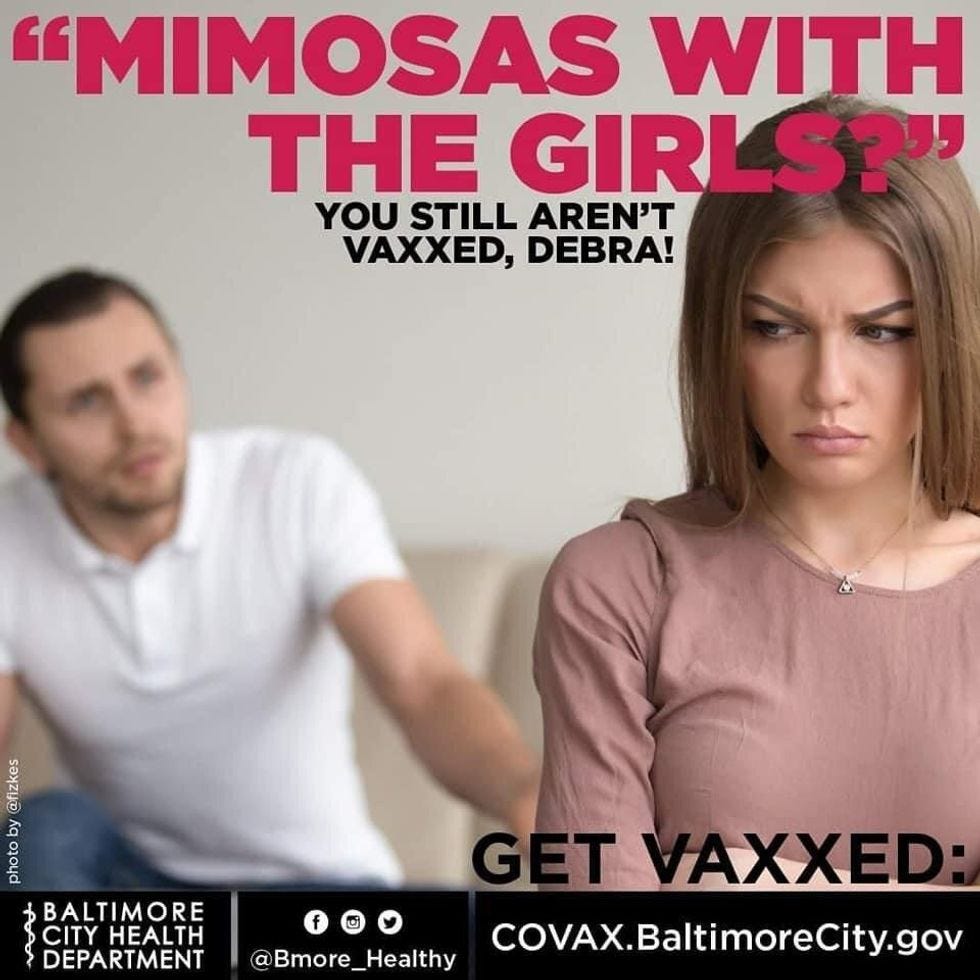
“[Residents] were dealing with friends and members who were going out to parties and other things they shouldn’t be doing but didn’t have the language to communicate the harms, so we turned some of those into memes,” BCHD consultant Benjamin Jancewicz told USA Today .
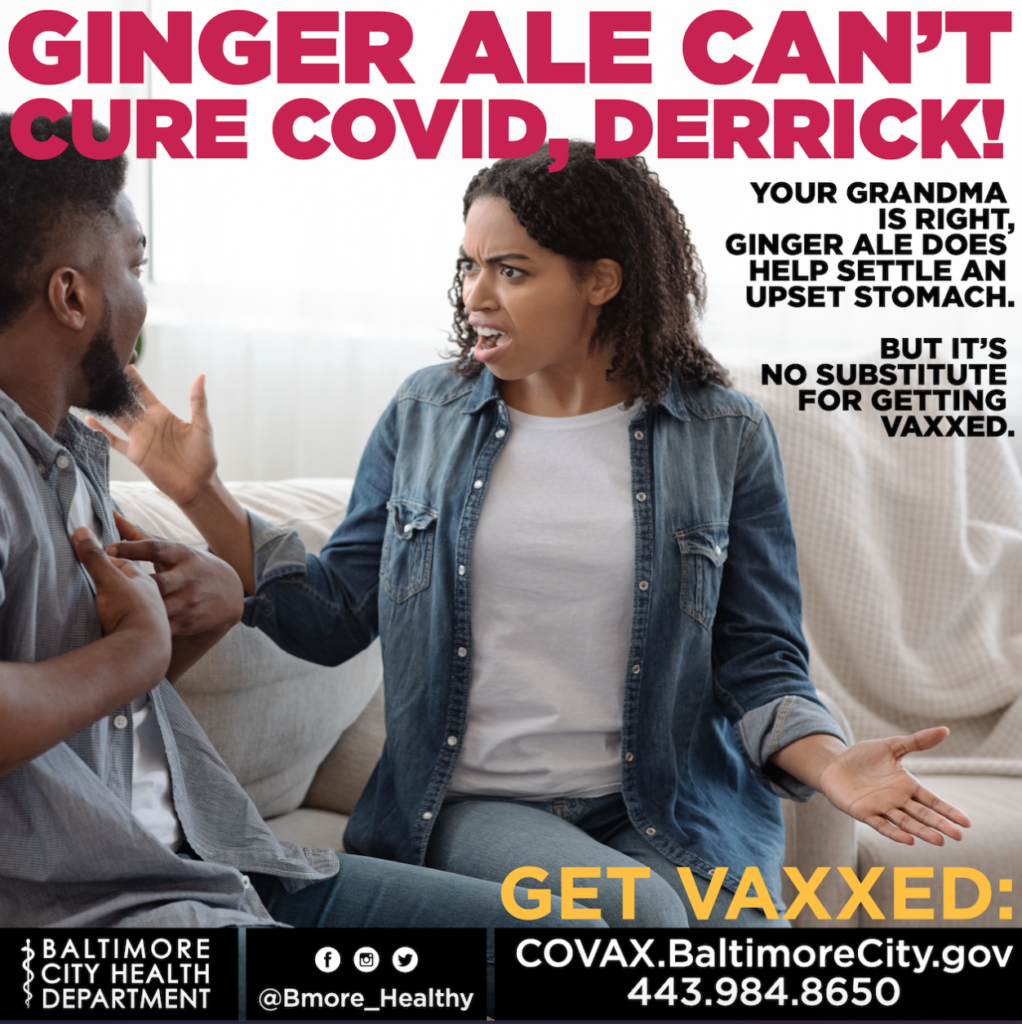
They’re here for a history lesson, for those of us who grew up next door to a world famous medical institution which consistently marginalized the city’s Black residents, but seem to have forgotten. Gee, Dan, do you think there’s a reason Black Americans might be a wee smidge leery of the medical establishment?
And they understand that we are in this together, each of us responsible for the other.
They have a mean clapback game, too.
So I don’t want to hear shit about Democrats not taking care of Black people, and certainly not from guys like Dan Patrick who are working to kill as many of their own constituents as possible. Get the shot, put on your mask, and shut up.
